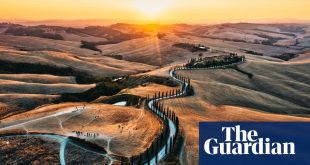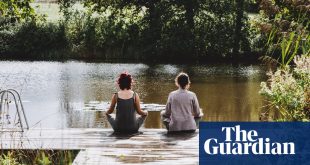A trip to the Cambridgeshire riverside village of Hemingford Grey, on the outskirts of St Ives, feels like wandering into a fairytale land of creeper-covered manor houses and thatched cottages with roses around the door. One of my favourite walks runs through the village, following paths through woods and flowering hay meadows and beside the Great Ouse. The river twists through the landscape, splitting and merging to form islands, or shining out suddenly from behind a churchyard wall.
The loveliest thing about the church of Saint James is not its architecture (the now truncated spire was destroyed by a hurricane in 1741) so much as the views from its riverside churchyard. Left along the river is a particularly pretty view, through trees and reeds to a thatched cottage and boathouse. The churchyard gate, framed by tall Japanese anemones, leads to the yellow walls of the moss-roofed former Anchor pub, now just another picturesque cottage with thatch, half-timbering, and colour-washed bricks.
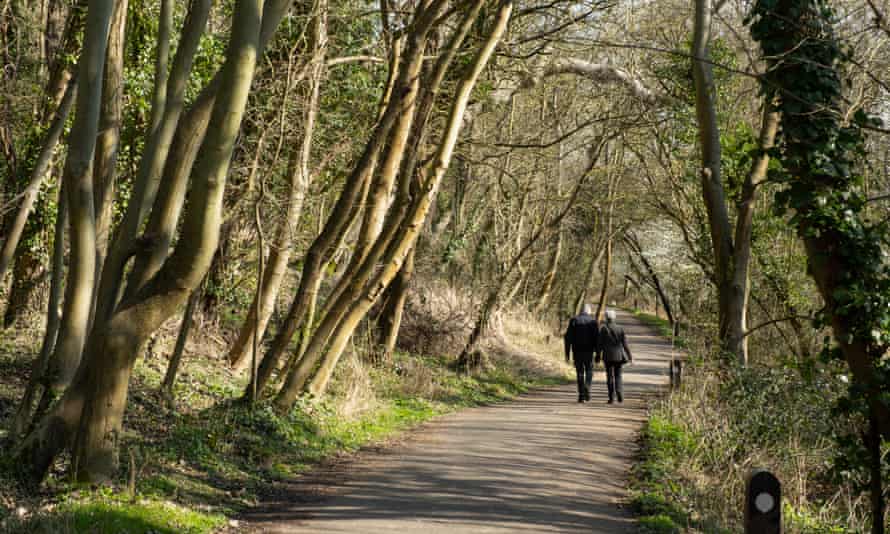
Hemingford Grey once had nine pubs; only the Cock survives. I’m setting out from there on a warm day for a circular walk that will end with a pub lunch in the garden. A chillier walk could just as happily end by the fire in the bar. The village has numerous listed buildings, including the wisteria-hung Georgian River House, where the artist Walter Dendy Sadler once lived. Sadler is probably best known for Thursday (1880), which shows a group of monks fishing for their Friday feast, one of the three paintings that kicked off Henry Tate’s collection.
Leaving Hemingford Grey, along a riverside path, I pass the gate of The Manor, setting for the Green Knowe children’s stories by Lucy Boston, who lived there. Its gardens are open daily (entrance a fiver). The village of Hemingford Abbots, less than a mile further on, is also stuffed with story-book cottages: there’s an old school house with a little clock tower, thatched animals on the rooftops and some Dutch-style gables that hint at the influence of the 17th-century engineers who arrived to help drain the fens.
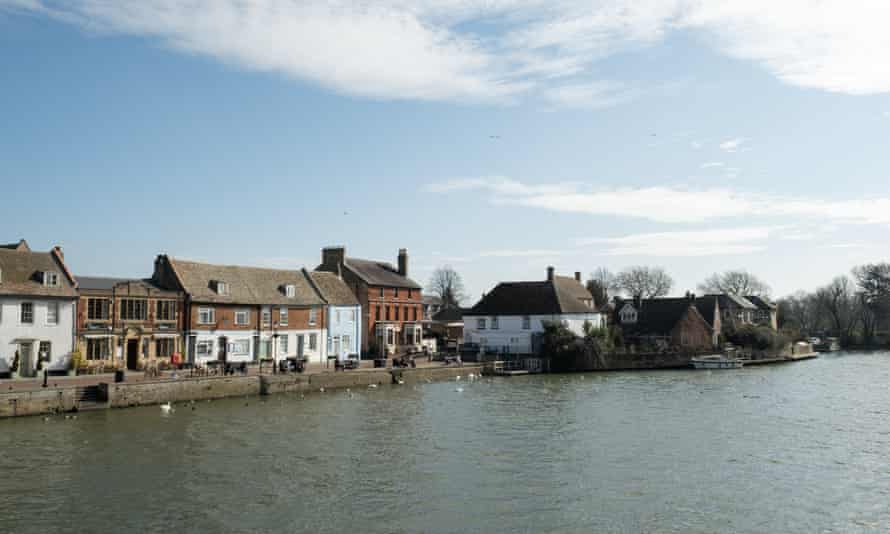
A heron is staring into the reeds on one side of the next meadow, a big, grassy island between two branches of the river. On the far side, paddleboarders are holding a race, with spectators lining the bridge above them. Also on that side, there is a National Trust cafe outside Houghton Mill, a working 18th-century watermill. From here, the route follows a short stretch of the Ouse Valley Way, which tracks the Great Ouse for 142 miles, from its source in Northamptonshire to where it meets the sea in Norfolk near King’s Lynn.
This section runs through the Thicket path, where today butterflies – large whites and speckled woods – are dancing through the leaves. In spring, there are violets and primroses under the trees and the branches fill with birdsong. The route heads along a lime avenue back into the Old Riverport area of St Ives, past the recently renovated Norris Museum (free) with its Victorian fen skates and prehistoric pots.

St Ives is the best place for car-free walkers to join the route (with a pub lunch after a couple of miles). The world’s longest guided busway stops in the town. The frequent buses, which look ordinary otherwise, have guide-wheels that emerge when they reach tracks: the driver doesn’t need to steer on those sections. I usually hop on the busway, which opened in 2011, at the relatively new Cambridge North railway station on the city’soutskirts and ride half an hour to St Ives, along a concrete track on the route of an old railway line. Once you leave the city, the landscape is flat fenland, with long views across south Cambridgeshire. There’s a sail-less windmill, a big church at Swavesey, and the lakes and reed beds of RSPB Fen Drayton nature reserve. In autumn and winter you’ll often see huge starling murmurations swirling against pink sunsets through the bus windows.
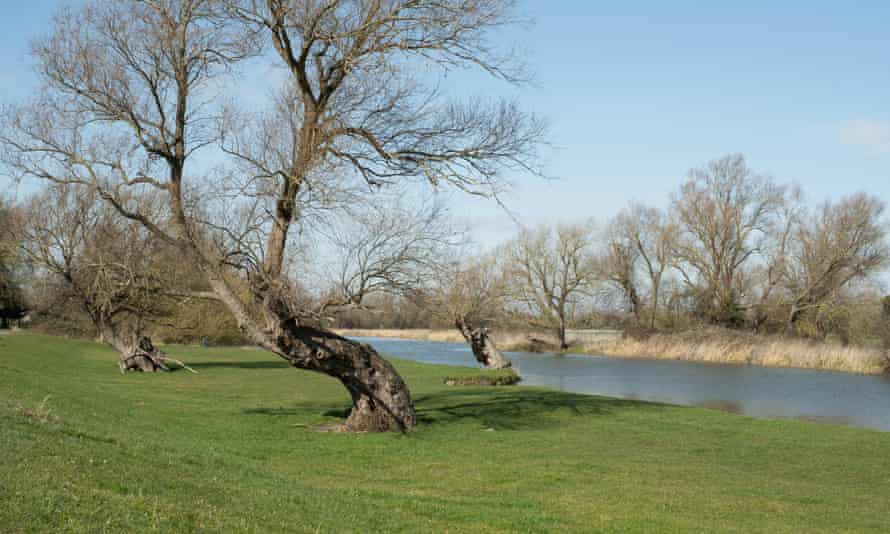
In the middle of St Ives there’s a statue of Oliver Cromwell, who lived here in the 1630s. Today, I turn right just before the statue, heading back towards the Great Ouse. The river is crowded with ducks and swans and spanned by an arched medieval bridge with a chapel in the middle. Crossing the cobbled bridge, I head over the grassy expanses of Hemingford meadow towards the pub.
In spring, the grass is still long beside the path and full of meadow flowers: cowslips, cuckoo flowers, and the pink spires of common spotted orchids. This is one of Cambridgeshire’s finest walks, and spring is really the best time to do it.
Start: St Ives bus station (there is also a car park next door)
Distance: 6 miles
Time: 3 hours
Total ascent: 25 metres
Difficulty: easy
GPX map at Ordnance Survey
Google map of the route
Allow Google content?
This article includes content provided by Google. We ask for your permission before anything is loaded, as they may be using cookies and other technologies. To view this content, click ‘Allow and continue’.
The pub
The Cock, a classic country pub with a restaurant and a separate bar for drinking, has won the Good Pub Guide’s national pub of the year award twice in the last decade. The date 1767 is carved on to bricks in the wall, and the bar area, with its low beams and woodburner, feels even older.
Arriving back from my walk, I sit in the sun-trap garden, where a bottle of chilled water arrives right away. The smart garden terrace, with its umbrellas and tubs of agapanthus, has recently sprouted two shiny dining pods, parked like visiting UFOs in a leafy corner. The gourmet sausage-and-mash menu is famous locally, and the vegan options are good too, especially the puddings, which include a dairy-free chocolate delice with raspberry sorbet. The salad I order as part of the lunch menu comes with slices of heritage beetroot, charred cucumber and crispy capers.
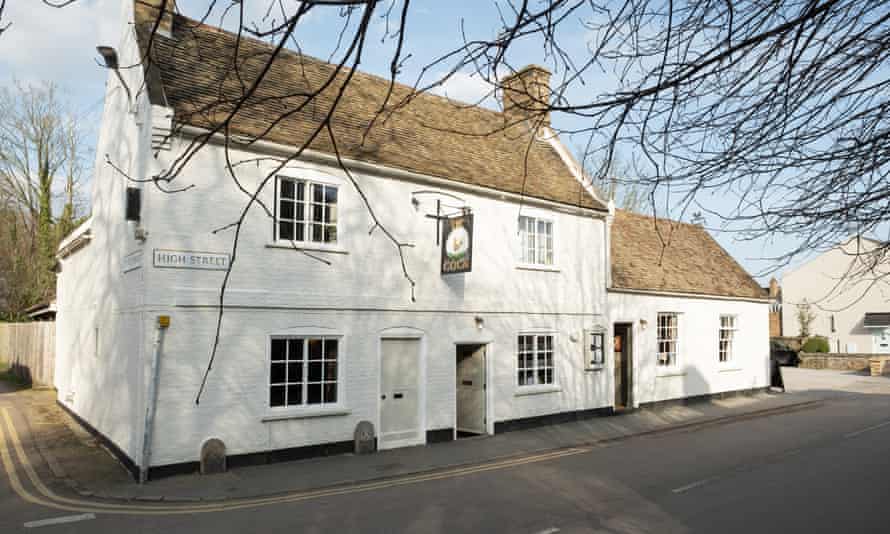
Inside, there are cushioned benches round the walls, wooden tables, cheerful check curtains and cockerel-themed knickknacks. Beers come from Suffolk-based Adnams and Brewster’s in Lincolnshire; wines are mostly French. Local tipples include Cambridge dry gin, blended with fresh garden herbs and roses for that summer-in-the-hay-meadow taste, and Cromwell Cider, crafted just five minutes’ walk from the pub in a beehive-filled orchard on the edge of the village. The weekday set lunch is £17.50/£22.50 for two/three courses and it’s wise to book ahead.
thecockhemingford.co.uk
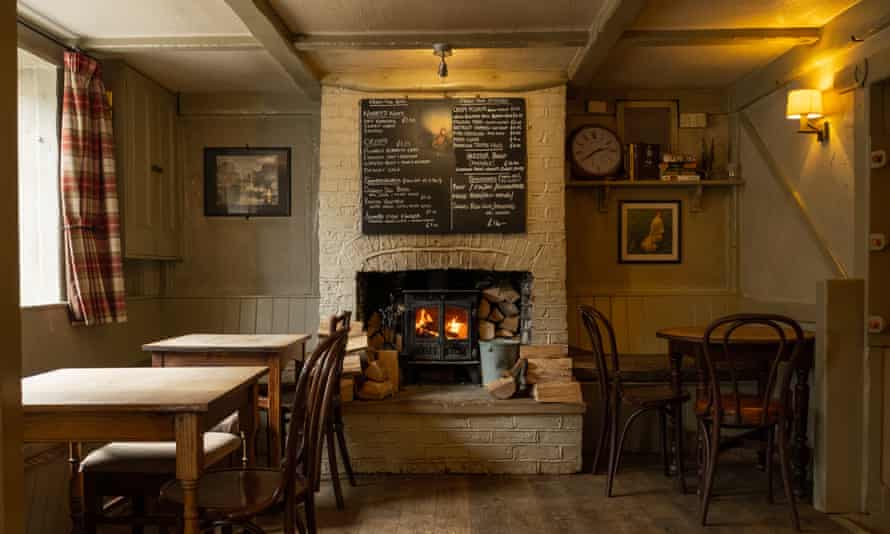
Stay
The Cock has no accommodation of its own, but the Lodge at Hemingford Grey House is just minutes away along Church Lane. Hidden behind the forbidding wrought-iron gates of a grand, private mansion, the lodge feels like a rural retreat, with six peaceful rooms along an airy white corridor on two sides of a courtyard.
The bedrooms have wooden floors, cushioned window seats and smart bathrooms. Owner Maria teaches foam-free dried flower arranging and there’s evidence of her work in the hall. There are regular yoga classes – which guests can join – in the lodge’s serene, glass-walled studio.
Doubles from £95 B&B, hemingfordgreyhouse.com
 Top Naija News: Nigerian News, Breaking News Nigeria and World News Top Naija News is a daily news publication in Nigeria, delivering the latest breaking news in Nigeria and around the world.
Top Naija News: Nigerian News, Breaking News Nigeria and World News Top Naija News is a daily news publication in Nigeria, delivering the latest breaking news in Nigeria and around the world.
